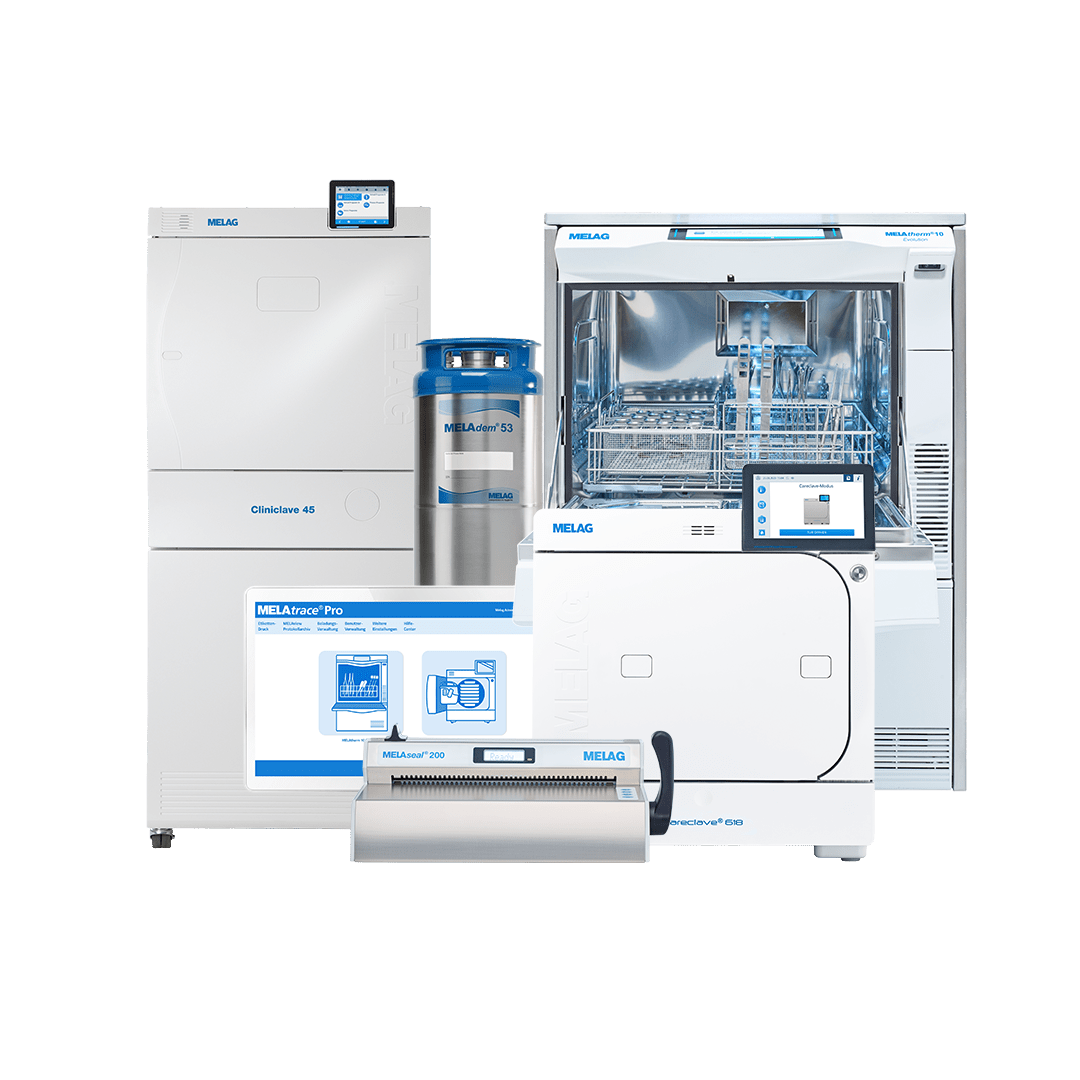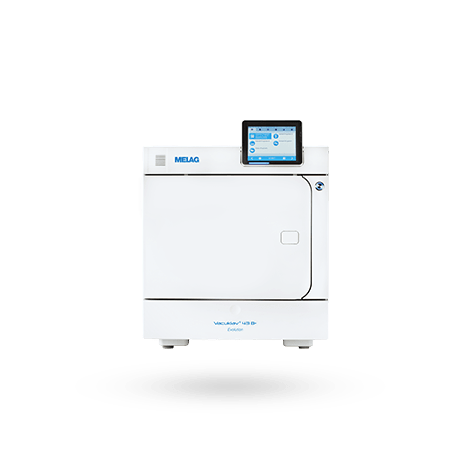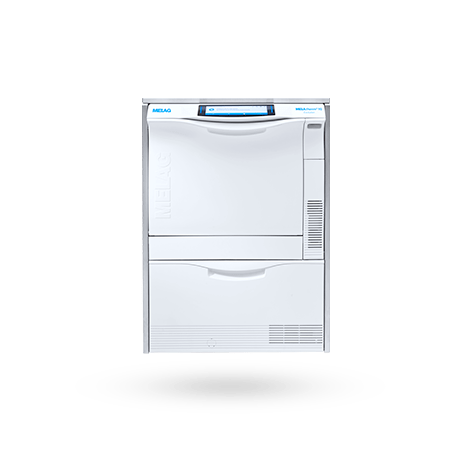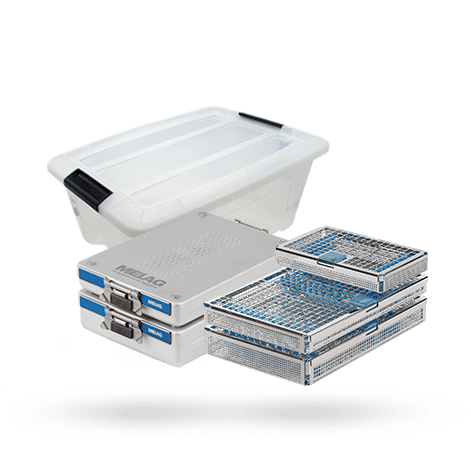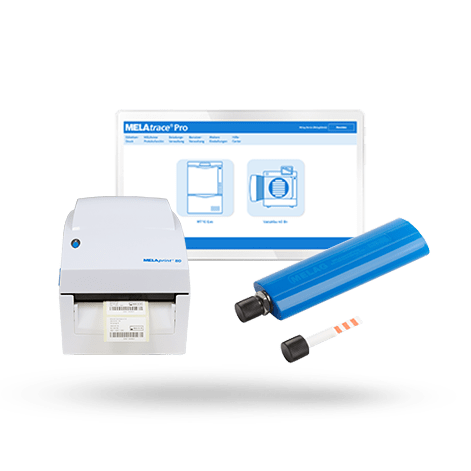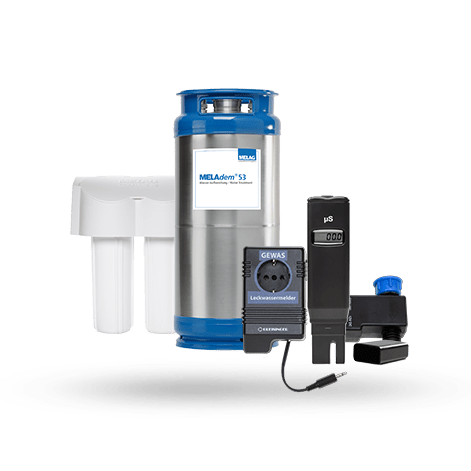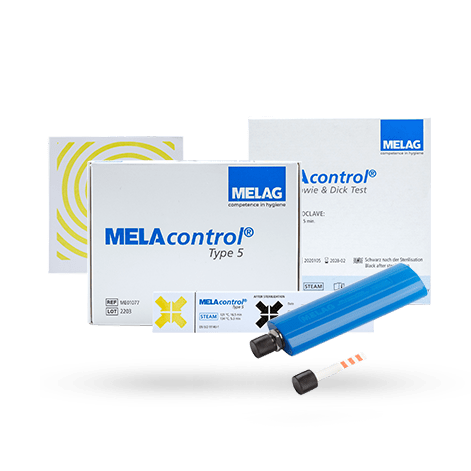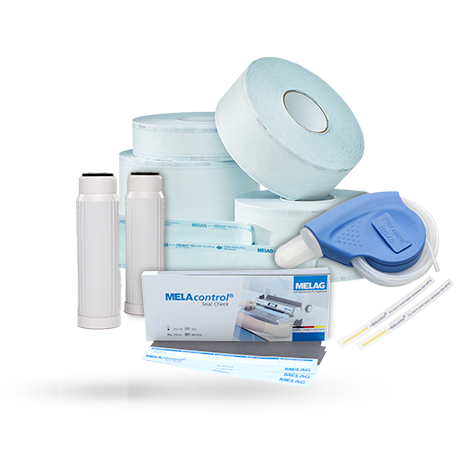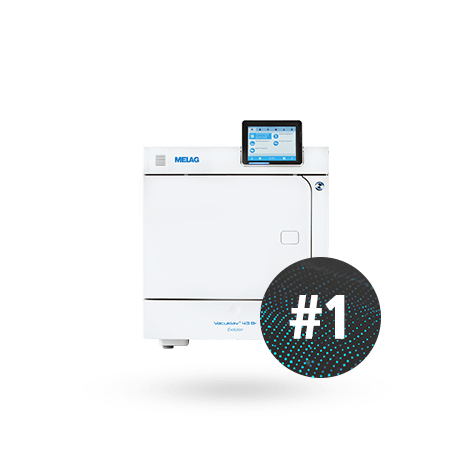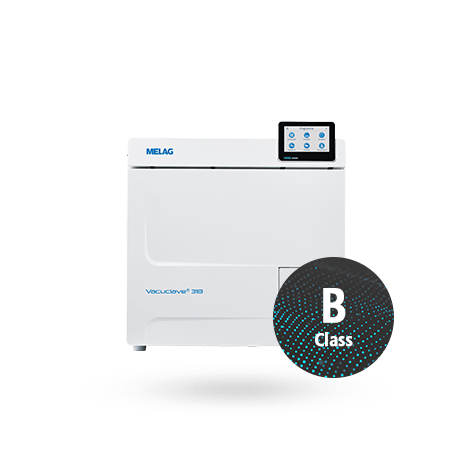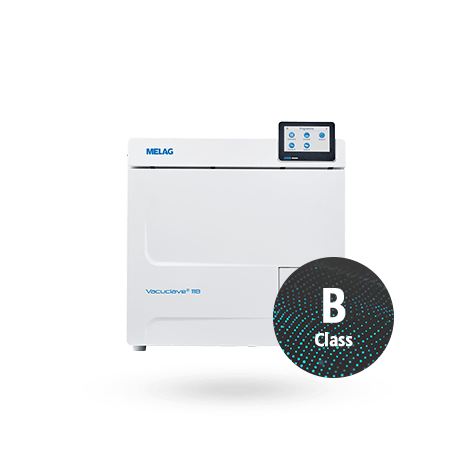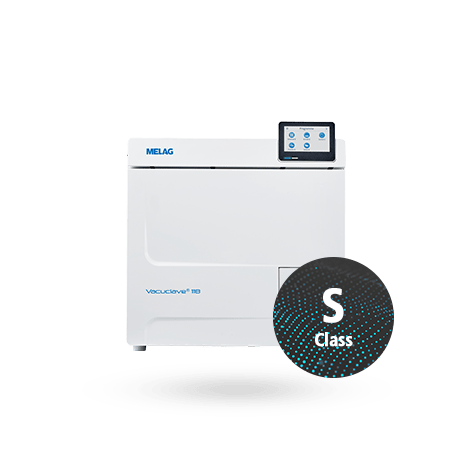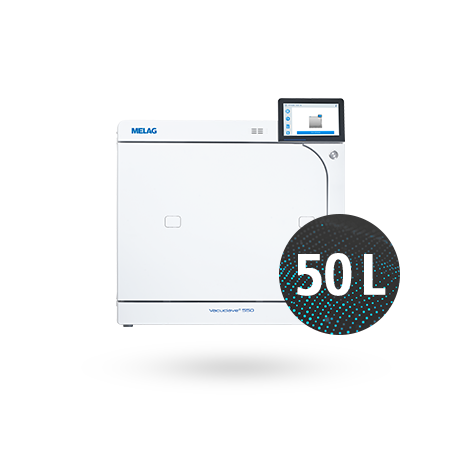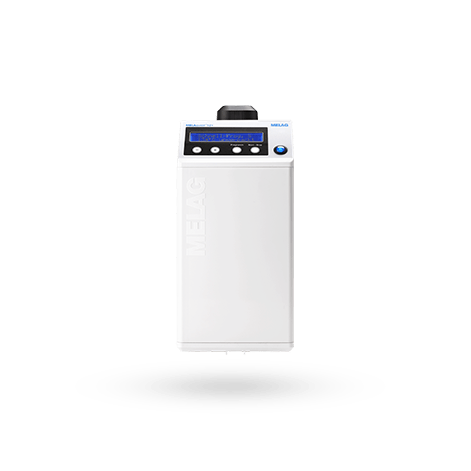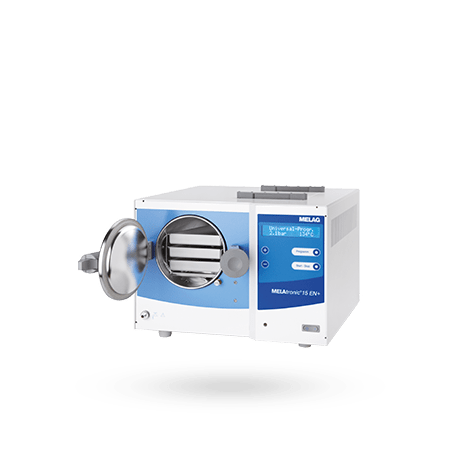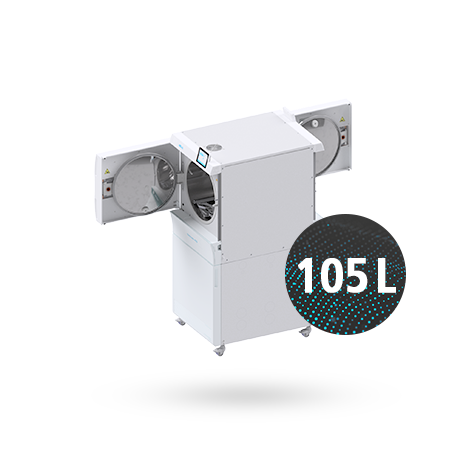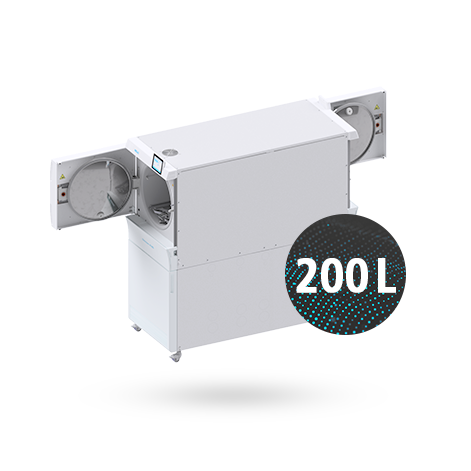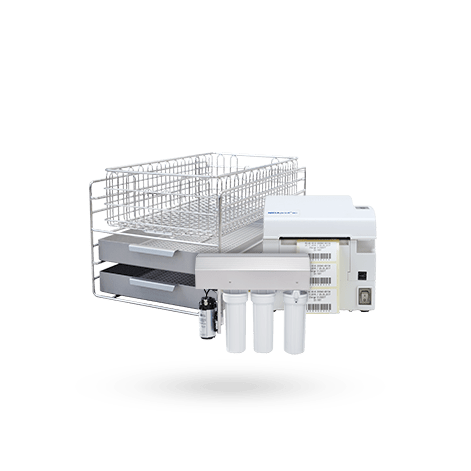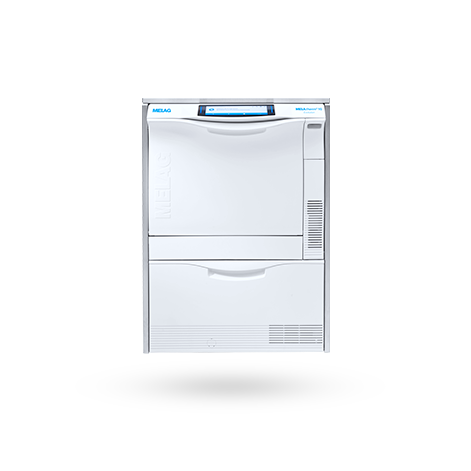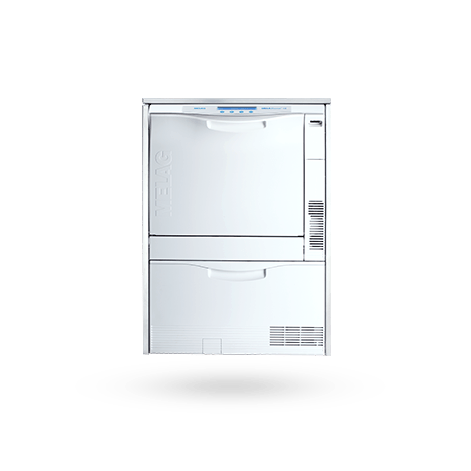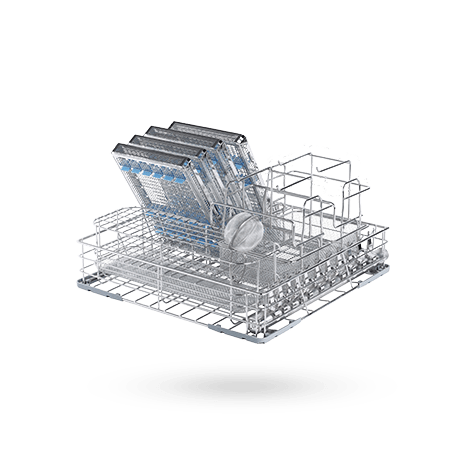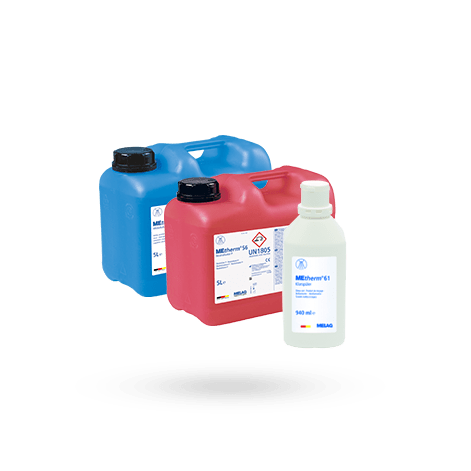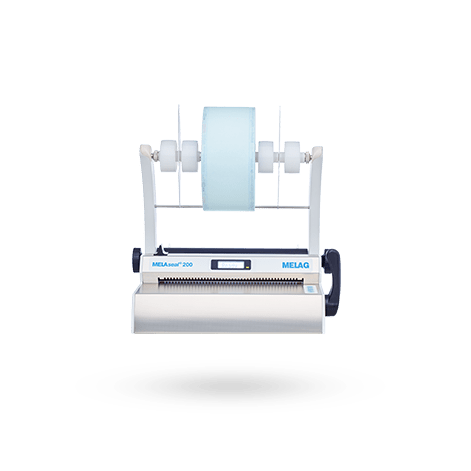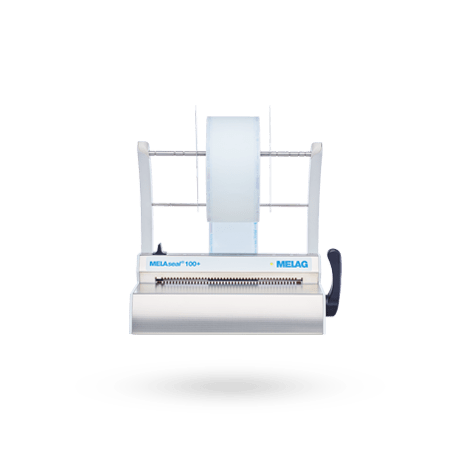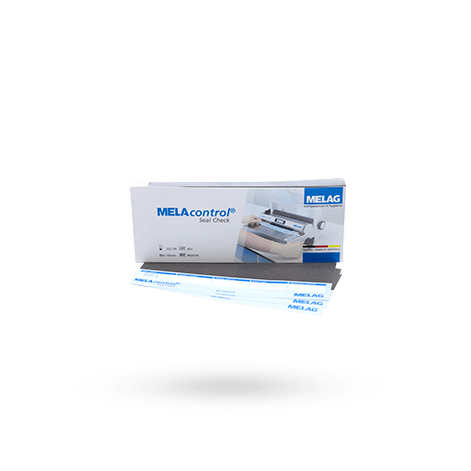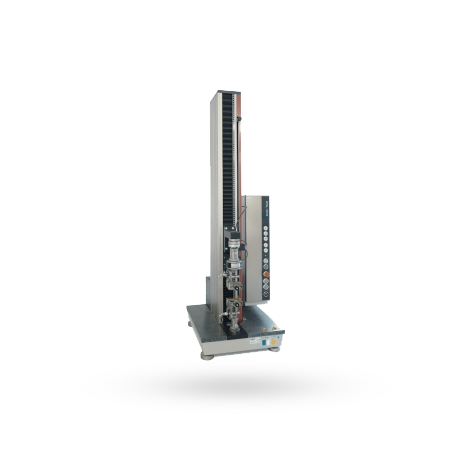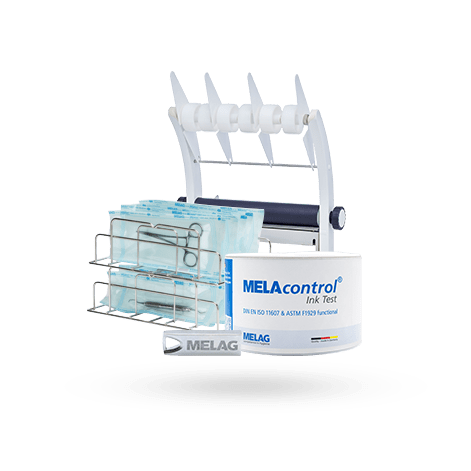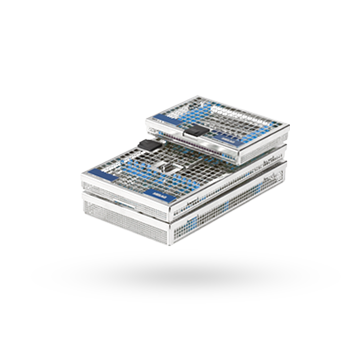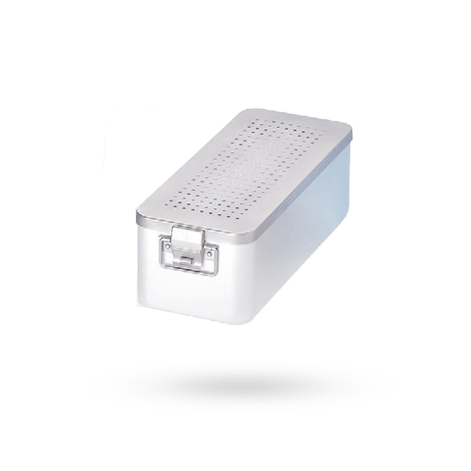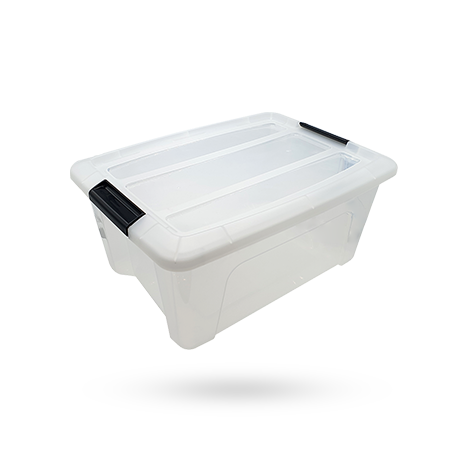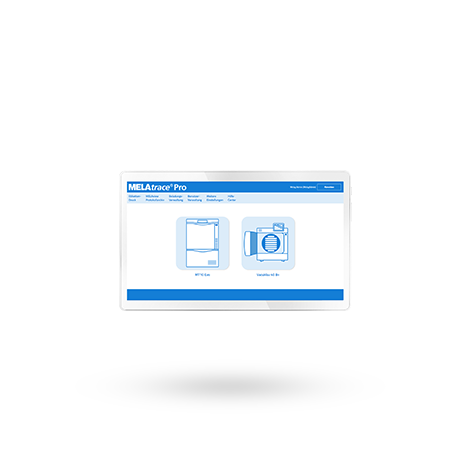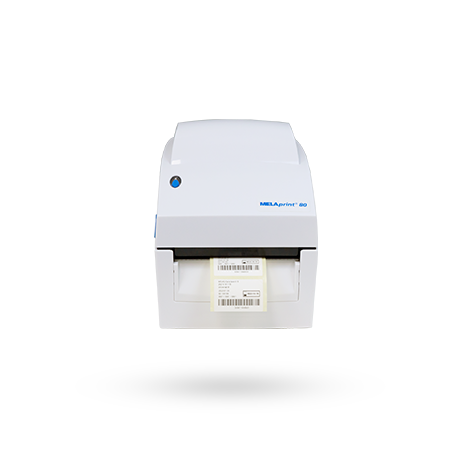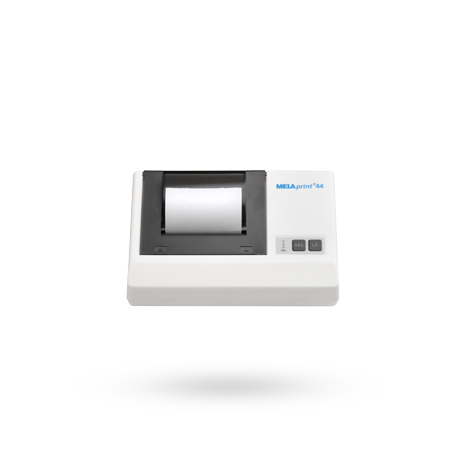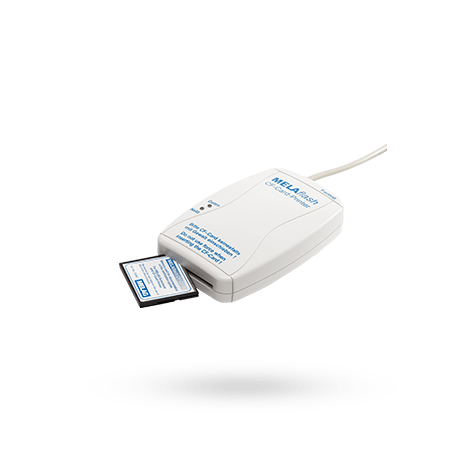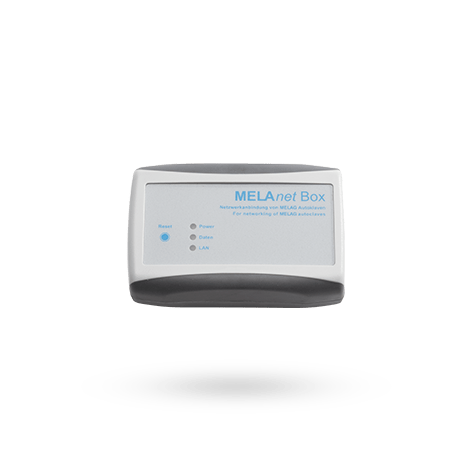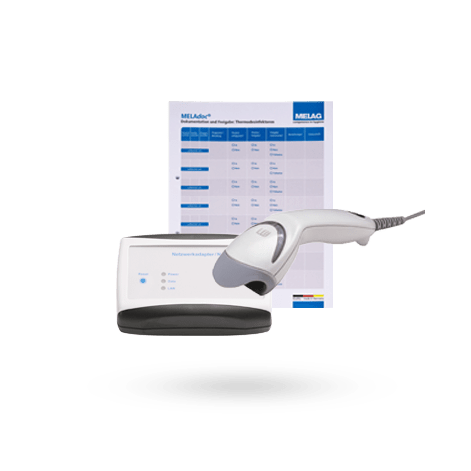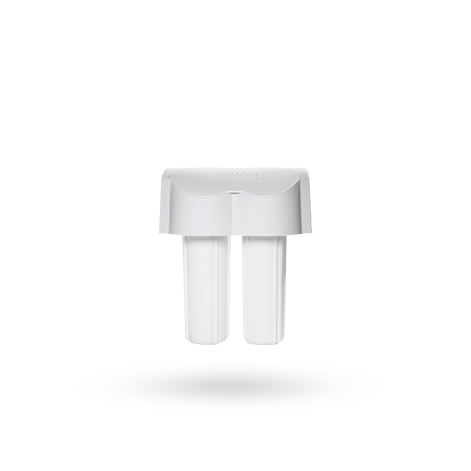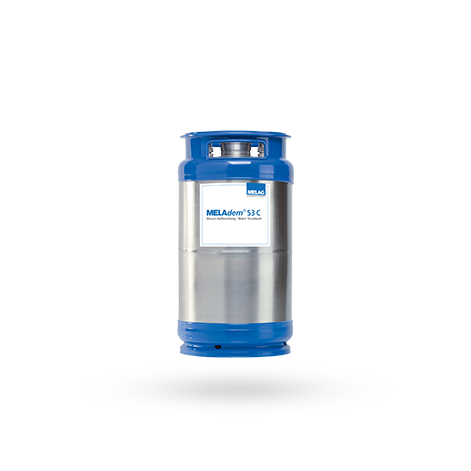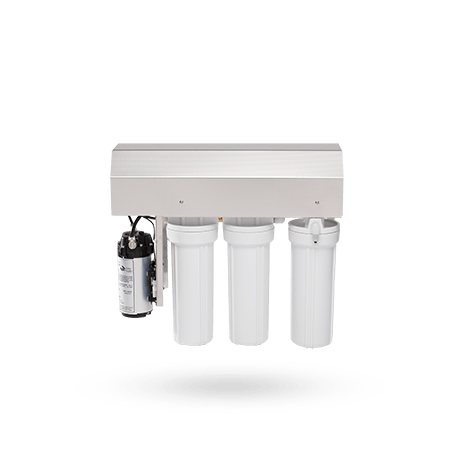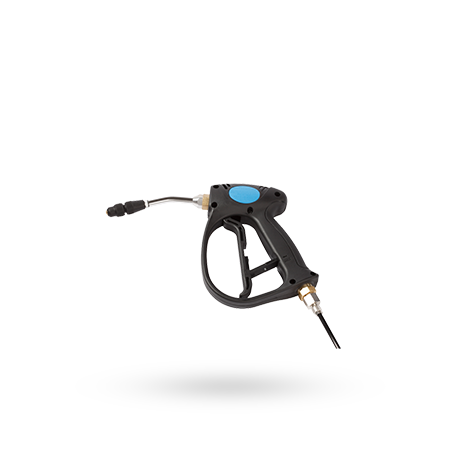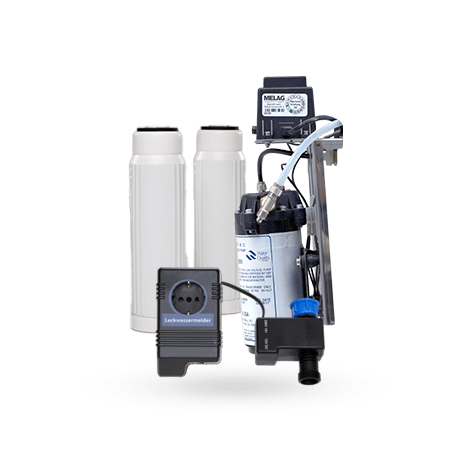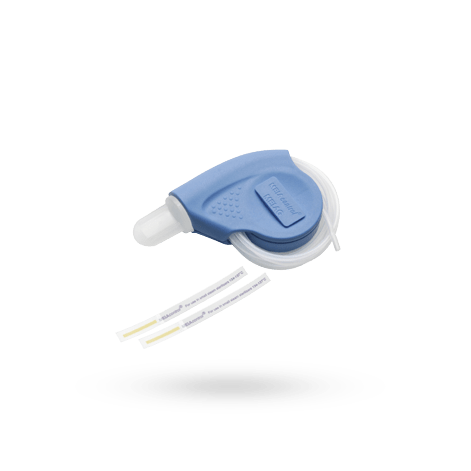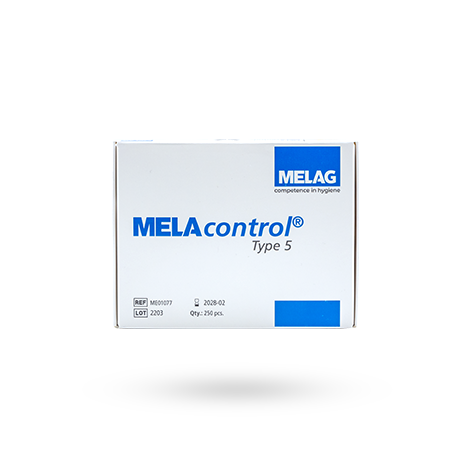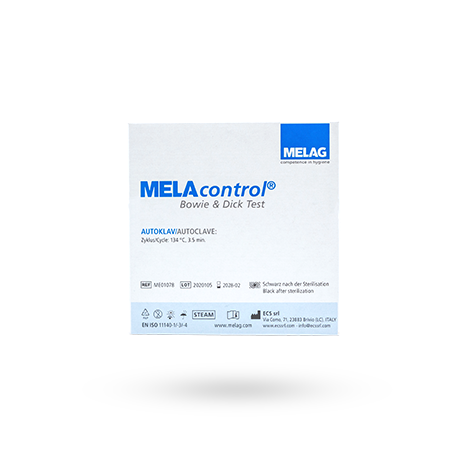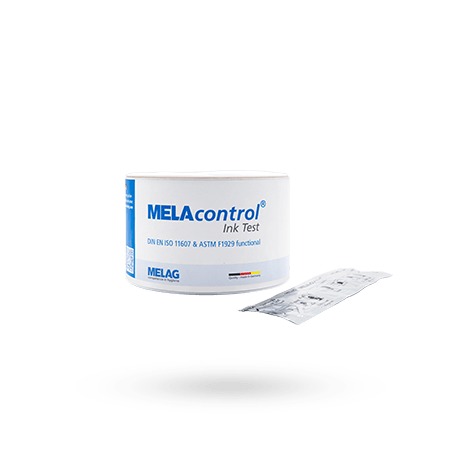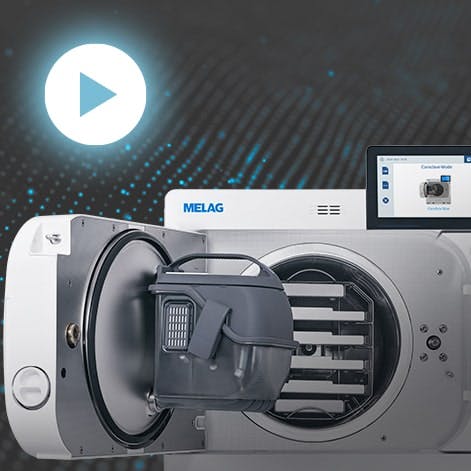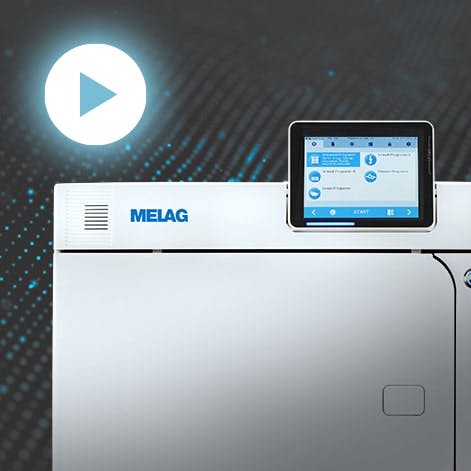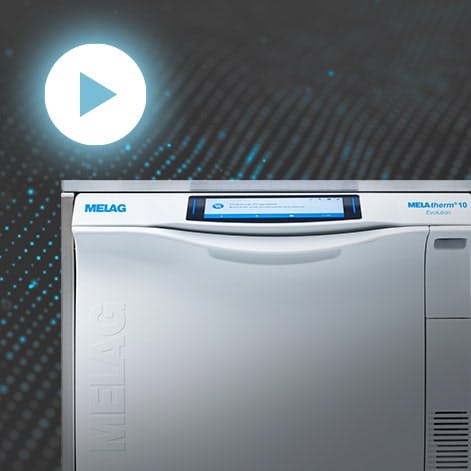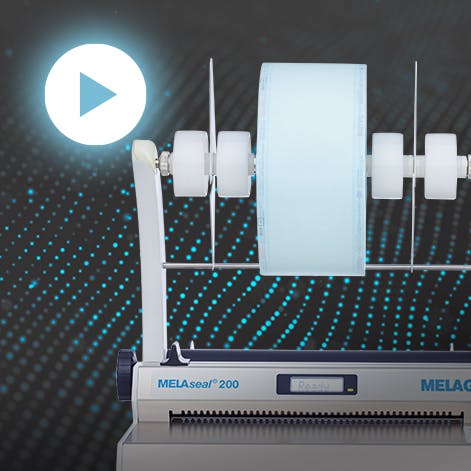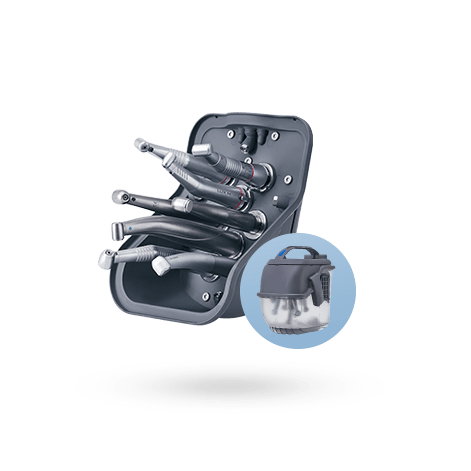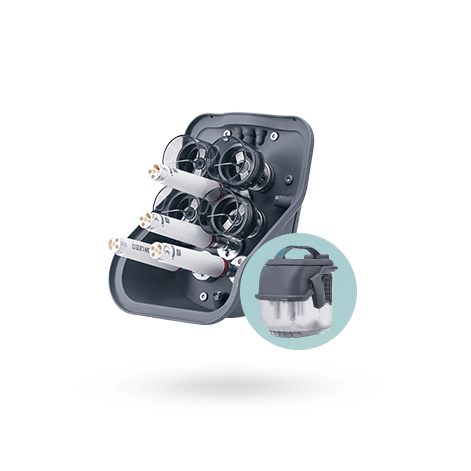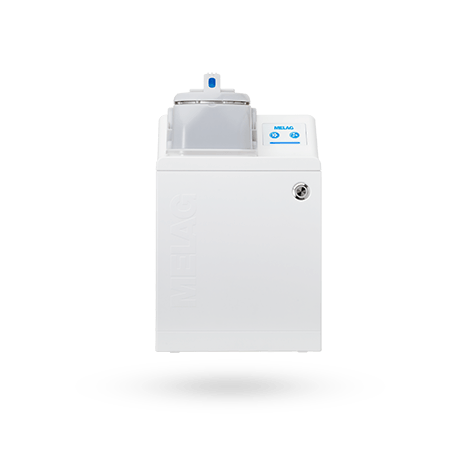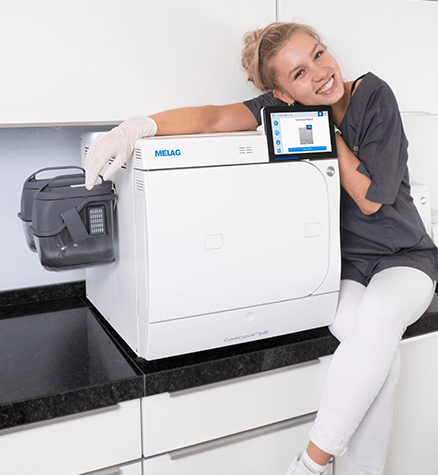Although the organization, instrument treatment and the selection of products are not the central themes in starting a new company, we have already prioritized all related requirements in the planning of our practice for oral and maxillofacial surgery, which established in 2012. These requirements consisted of quality, process reliability, and ergonomics. Our decision to orient our practice to a particularly high quality and process reliability for instrument treatment is based on the fact that we have focused our activities on general oral surgery, bone reconstruction and aesthetic surgery.In 5 treatment and one operation room, our 5 treating physicians care daily for an average of 90 patients during normal times and up to 140 during peak times. The ergonomic requirements arising from these activities relate particularly to the workflow, the clear separation into sterilized and not sterilized areas, automation, short processing times, and simplified documentation.
Redundancy and reproducible instrument treatment in sterilization room
Our centrally located sterilization room is directly accessible from all treatment rooms as well as from the operating room. The waste management and presterilization area is located in the non-sterile section (ultrasound). This is followed by the mechanical cleaning and disinfection of the instruments in two MELAtherm washer disinfectors, which provide the corresponding base units with an optimally ergonomic loading height. In the sterilized area on the other side of the room, the instruments are packaged and sterilization is performed in three MELAG steam sterilizers of the type Vacuklav 40 B+, and the handpieces and turbines are treated in DAC Universal from Sirona. In 5 treatment and one operation room, our 5 treating physicians care daily for an average of 90 patients during normal times and up to 140 during peak times. The ergonomic requirements arising from these activities relate particularly to the workflow, the clear separation into sterilized and not sterilized areas, automation, short processingWe acquired two washer disinfectors and steam sterilizers instead of larger unit for the following reasons:
• It makes the faster processing of instruments possible, because one does not have to wait for better utilization of the larger unit
• Continuous treatment in case of maintenance or device validation
• Higher reliability through redundancy in the event of a device failure
Systematic treatment
Our decision to largely opt for the treatment of cartridges (wash trays) with standardized loadings was not merely due to the volume of the instruments to be treated. We treat up to 8 wash trays (per device) in washer disinfectors for each treatment process. These trays are then sterilized in a steam sterilizer in sterilization containers (up to 3 cartridges per operation). The cleaning results are very good. Using the fastest program, instruments can be treated in about 55 minutes including the drying time. Although we are well equipped with two devices, we wish to shorten the operating time even further. Upon our request, MELAG has already promised an optimization, which allows for even shorter periods. The level of noise and heat generated by up to 5 devices in an internally located treatment room should not be underestimated, especially if more than 5 operations are performed daily.
Summary
Two washer disinfectors, three steam sterilizers and a combination device for the treatment of hand pieces are important prerequisites for a coordinated treatment cycle. This does not mean that everything is running optimally. We were not able to minimize the initial staining, even after intensive renegotiations with the manufacturer of the instruments and the connection of a water treatment unit for the washer disinfectors. However, after connecting the water treatment unit, the devices achieved good cleaning results, excellent drying, high reliability, and good working ergonomics.

